
Tommi Linnansaari, Ph.D.
Research AssociateM.Sc. (University of Helsinki), Ph.D. (University of New Brunswick)


|
Tommi Linnansaari, Ph.D.
Research AssociateM.Sc. (University of Helsinki), Ph.D. (University of New Brunswick) |

|
| Home page
Personal information Current projects Past projects Publications Teaching experience Evolution of a Ballcap NEWS |
Evolution of a ballcap:
While carrying out fieldwork, people often wonder what in the world happened to my ballcap. Well, the thing is, it is just old. Although "one size fits all", I've learned this not to be true. I am equipped with a particularly small head (for an adult), and it is next to impossible to find suitable headwear which would not have a picture of Winnie the Pooh or Hannah Montana (although there may be nothing wrong with these characters, I just don't feel like sporting them while in field). I found a suitable hat in 1996 and I have been wearing it ever since and hope to do so for the years to come. Here, I follow the journey of this ballcap until I will have to face the inevitable and buy a new cap. [Editors Note: This page was originally assembled in 2010. In 2012, the original ball cap was decommissioned, and the page continues to monitor the fate of a new black ball cap purchased in 2012] ----------------------- The cap is new in 1996. Immediately, it brought quite some fishing luck. Picture is taken in Kuhmo, located in eastern Finland, while fishing for brown trout, Salmo trutta. Note, that the cap is indeed black, and it maintains the shape of a ballcap. The cap is 1y old (1997). It still has considerable fishing luck but has a tint of gray colour. Picture is from northwestern Finland, River Tornionjoki, fishing for Atlantic salmon (S. salar). In 1998, I still described the cap as black. It slowly started to assume the shape of my head. Fish caught with the hat were getting bigger. Picture from northwestern Finland, 50km north from the Arctic Circle. In 1999, the cap is essentially dark grey, and is approximates the head fairly well. Fish size caught with the hat started to tail off. In 2000, the cap travelled to Canada for the first time. Here the cap is electrofishing somewhere in the Algonquin Park, Ontario, as part of the work I carried out for the Ontario Ministry of Natural Resources. As can be seen, the cap casts a perfect shadow on the eyes, enabling efficient and safe mode of electrofising. The names of the other two people in the photo escape my mind. By 2002, the cap assumes a complete custom fit to my head, but has lost all the original colour. In the attached photo, the cap is radiotracking anadromous brown trout in the River Tornionjoki, some 100 km north from the Arctic Circle. In 2003, the cap conquered Norway and learned to use 2-person lipseine for e-fish. Cap is still solid piece of equipment and perfectly camouflaged to stream turbulence. Picture from central Norway, the River Sokna, a tributary to the River Gaula. The cap-competitors Dr. J.-M. Roussel from Institut national de la recherche agronomique and my Ph.D. supervisor Dr. R. Cunjak from Univ. New Brunswick. These were the years with no time for recreational fishing... In 2005, the first signs of the cap starting to wear off were visible. The lid started to loose some fabrics and the fishing luck of the cap was a mere memory of the early days. In the attached picture, from the crown reserve Narrows reach of the Sevogle River in New Brunswick, Canada, Dr. J. Kurek (Queens Univ.) was the witness of an unfortunate loss of a grilse (i.e. small salmon) during the last meters of the fight. By 2009, cap really started to break apart. It was suggested that if the project had any leftover money, a new cap would be purchased. However, it is not that simple...good hats are difficult to come by for a small-headed individual. No money in the world can replace the cap which has, by now, almost shrunk to a visor (using the words of our technician, Mr. A. Fraser). On the positive note, the cap started to pick up some of the old fishing luck, although fish size was small. In 2010, the cap is still kicking! It has now lost even the last fabric panels visible in the 2009 photo above, however, it still serves the main purpose which is keeping the sun out of my eyes. In the attached picture, the cap is going snorkeling in the River Ouelle, Quebec, Canada. No idea what the sign says, but I think something like No risk to you ("A" typically meaning "no/not", like in atypical or atheist...right?). OK. In late November 2011, I took the cap for the last field trip. As it appears that my hair is getting thinner and thinner every year and the cap has lost much of the fabric, it no longer provides all the functions a ball cap should (read: my skalp gets burned in sun). The cap is now officially decommissioned. Here are a couple of photos to show how the cap looks like after 15 years of use. An Era of a new ball cap has started. It is black, like the original cap, and it has been on its first field trips. Photo documentation to follow shortly. Stay tuned. |
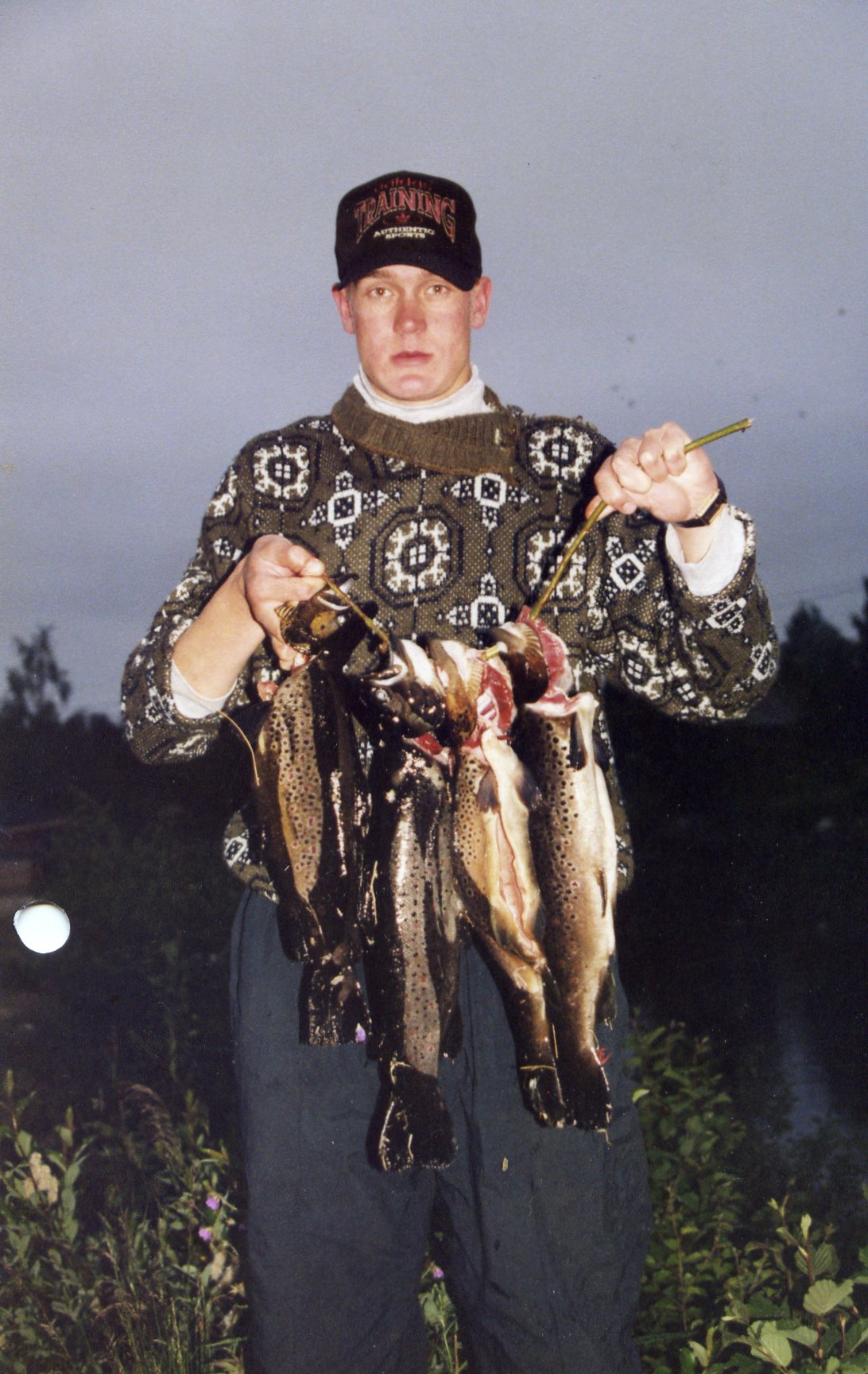
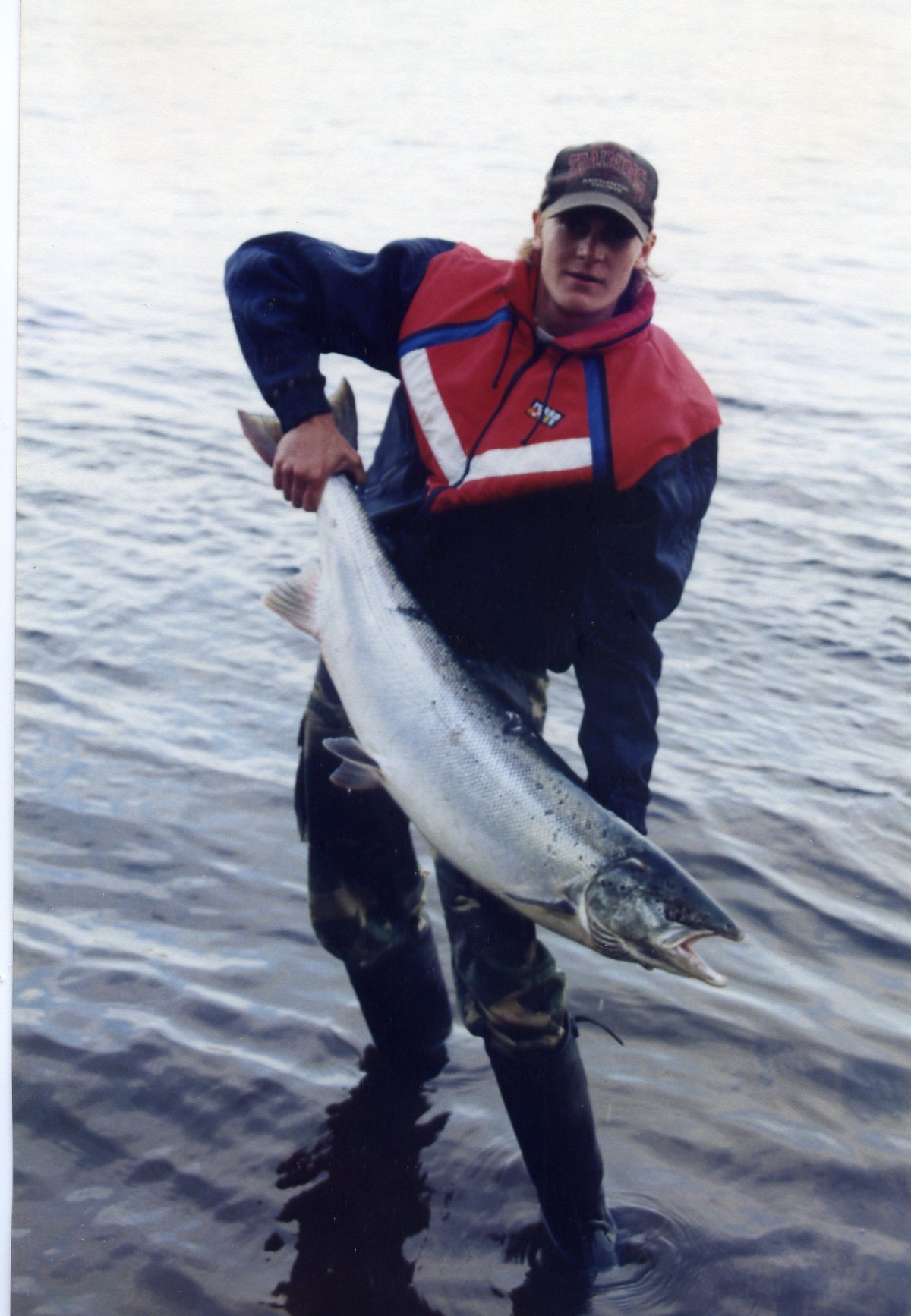
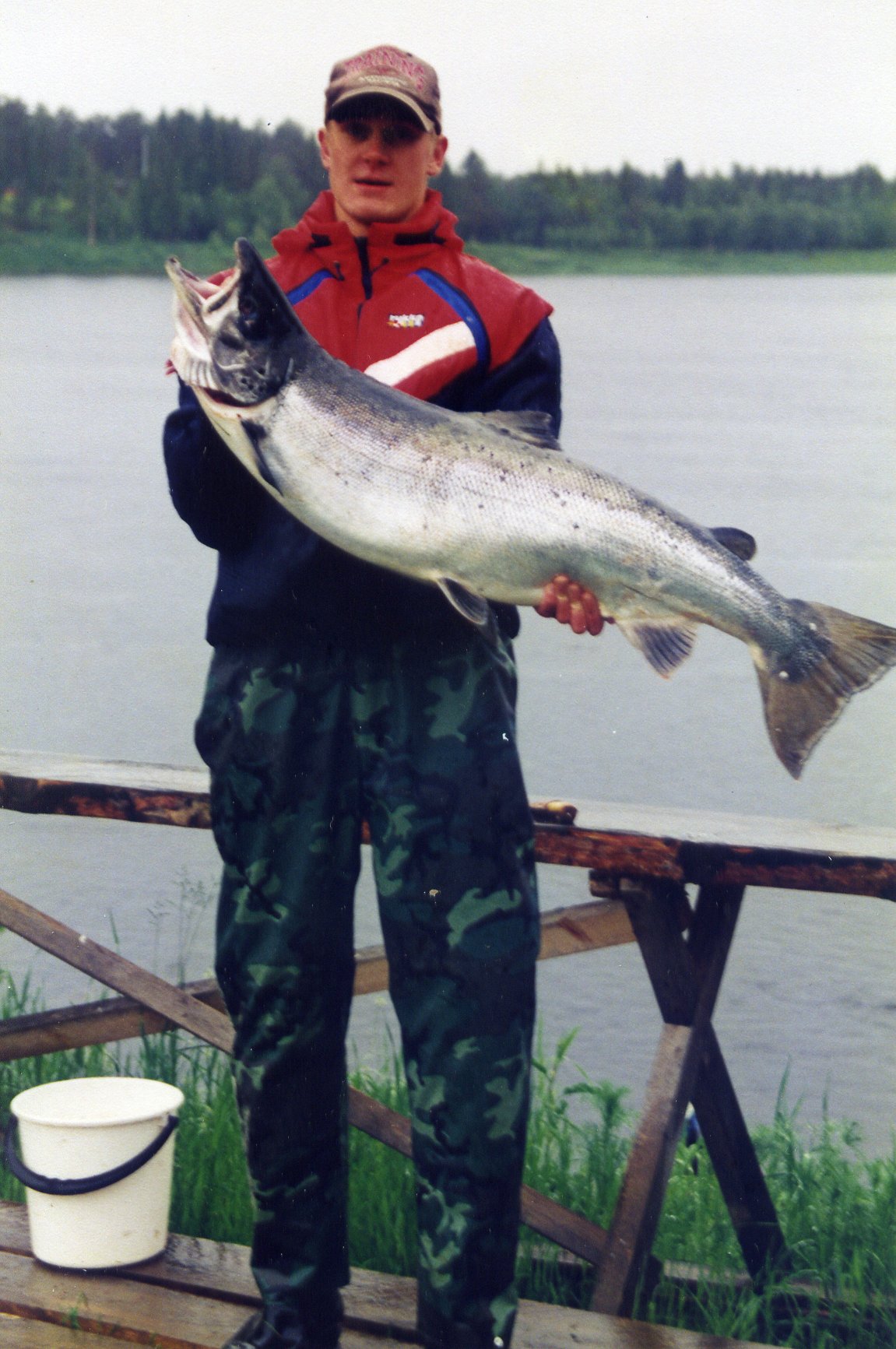
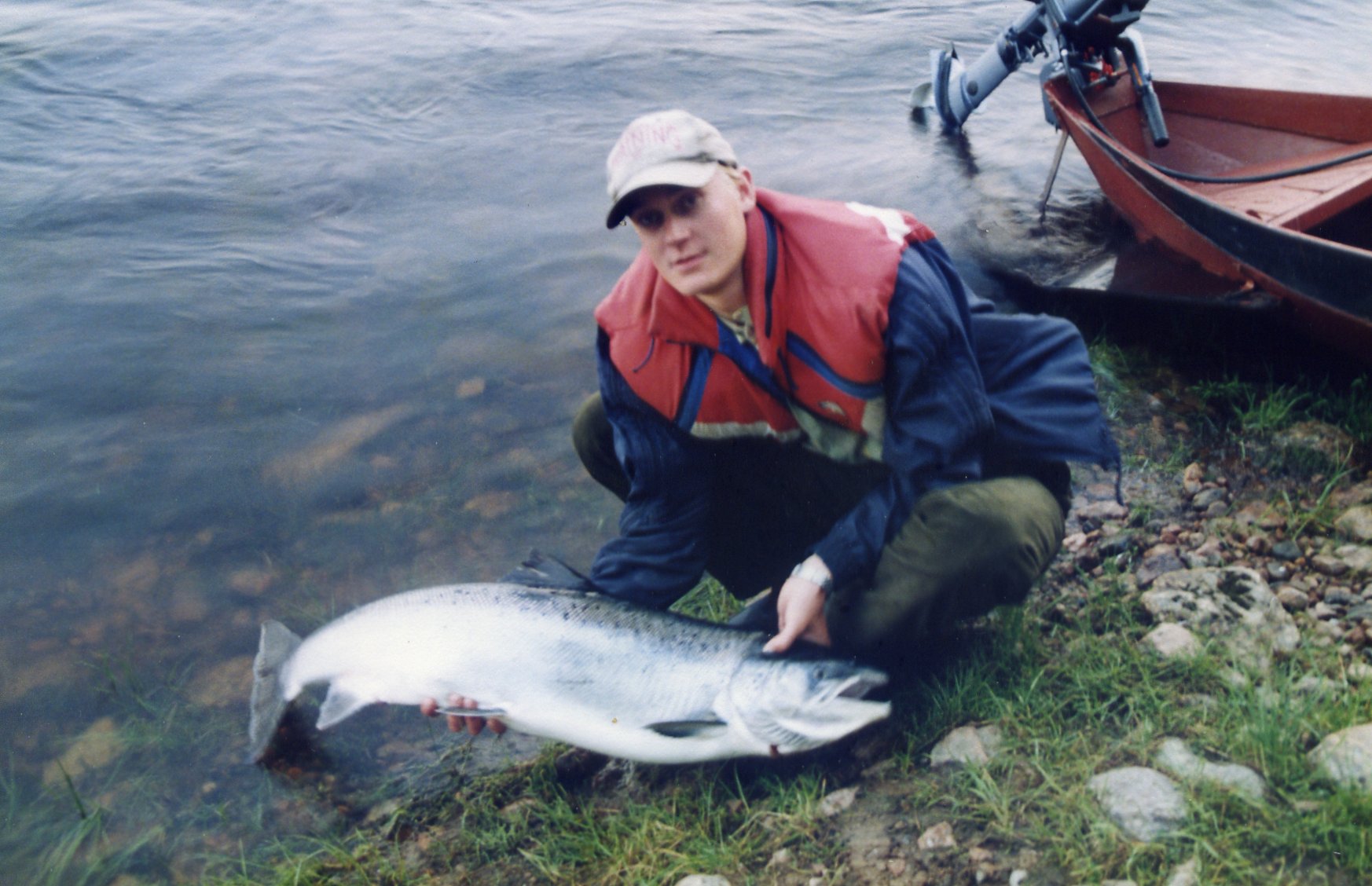
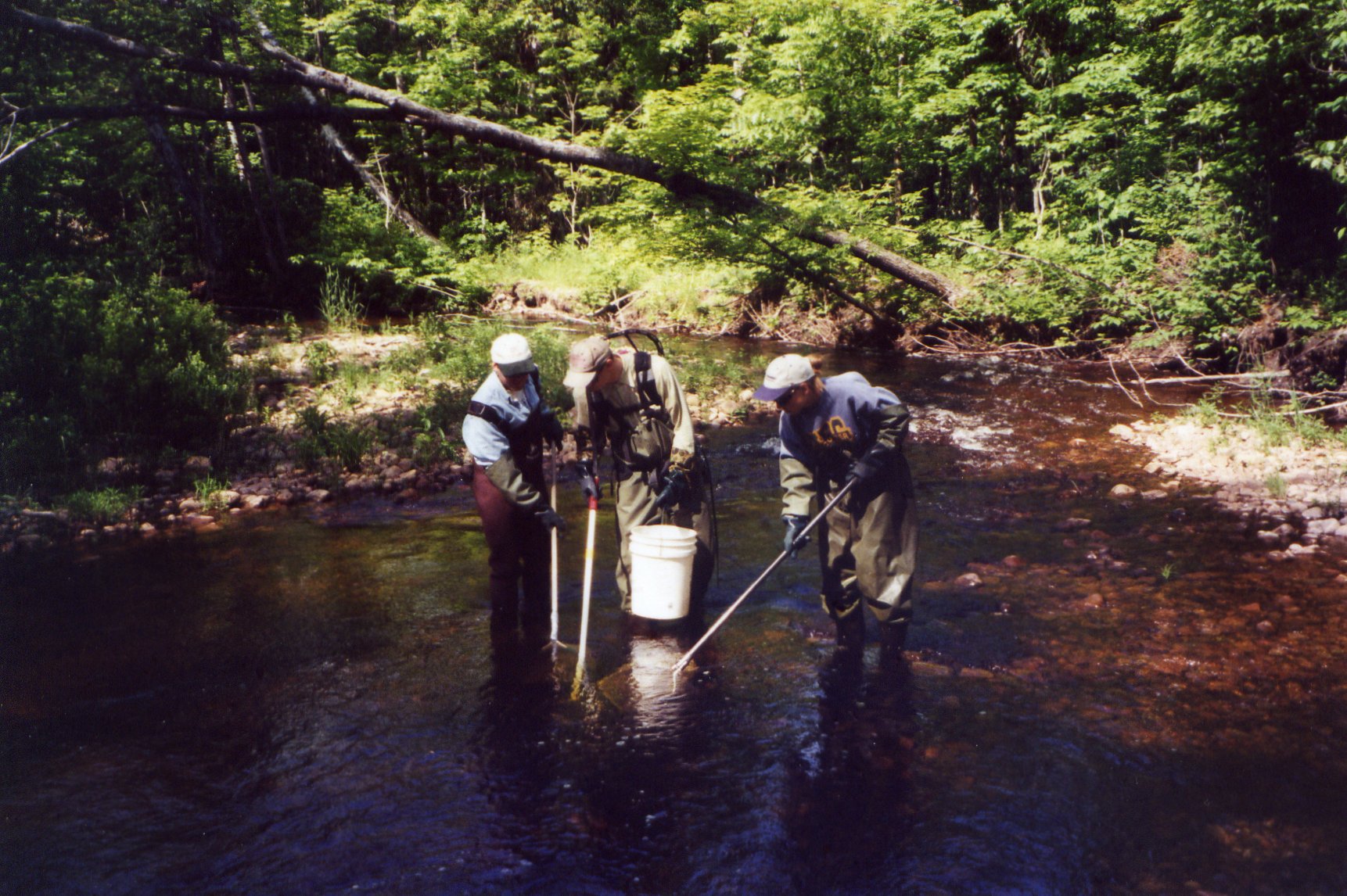
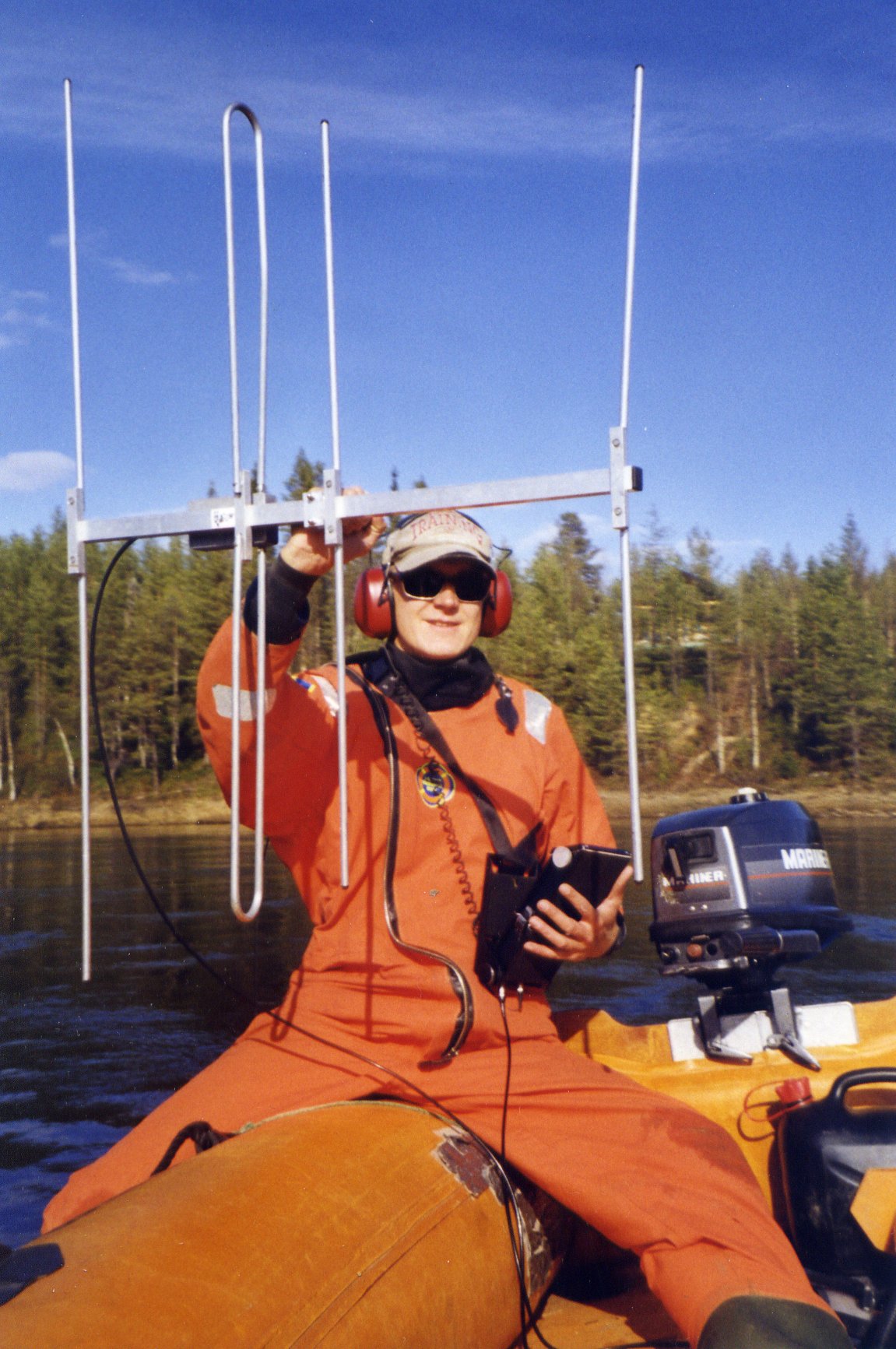
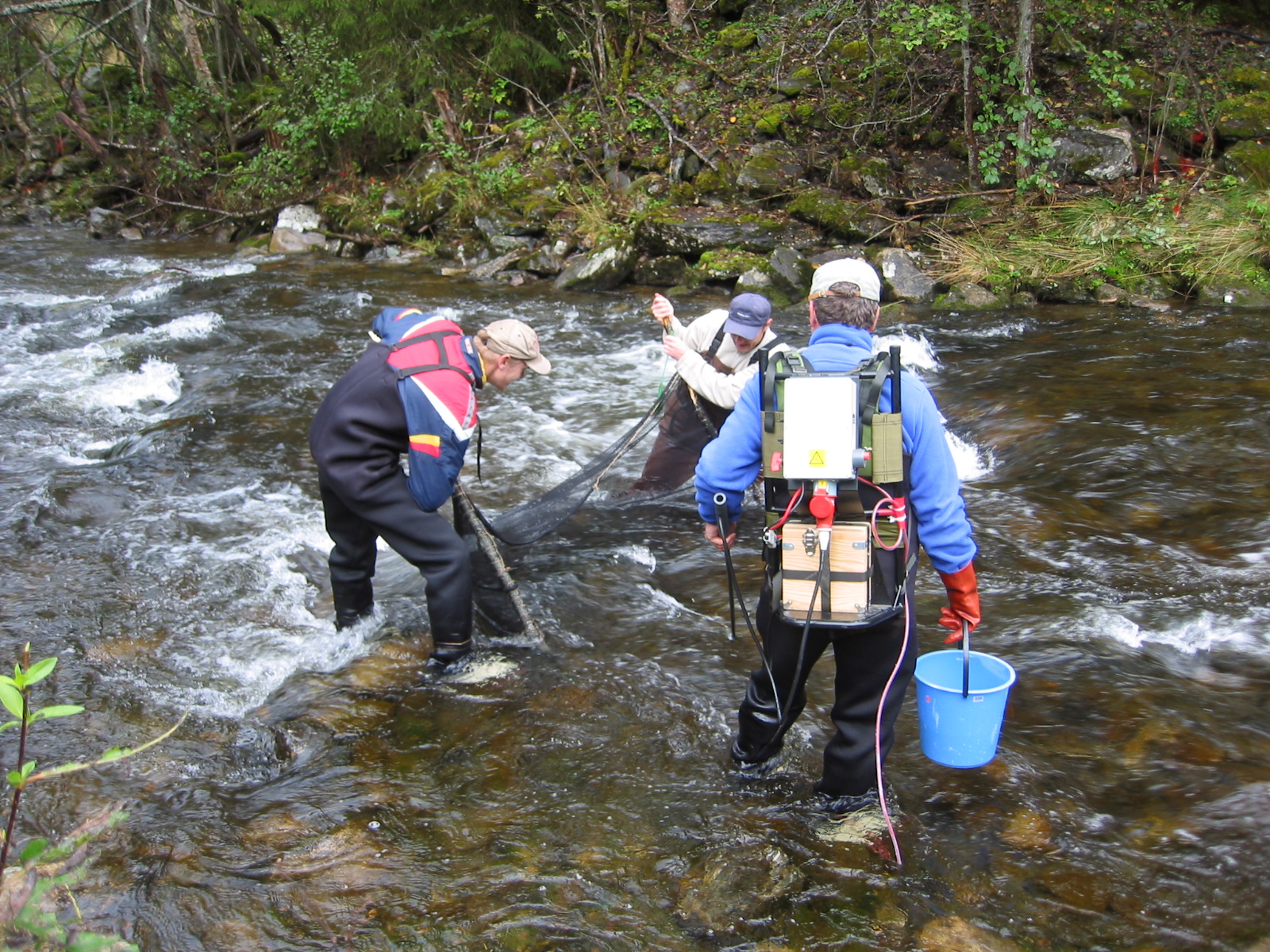
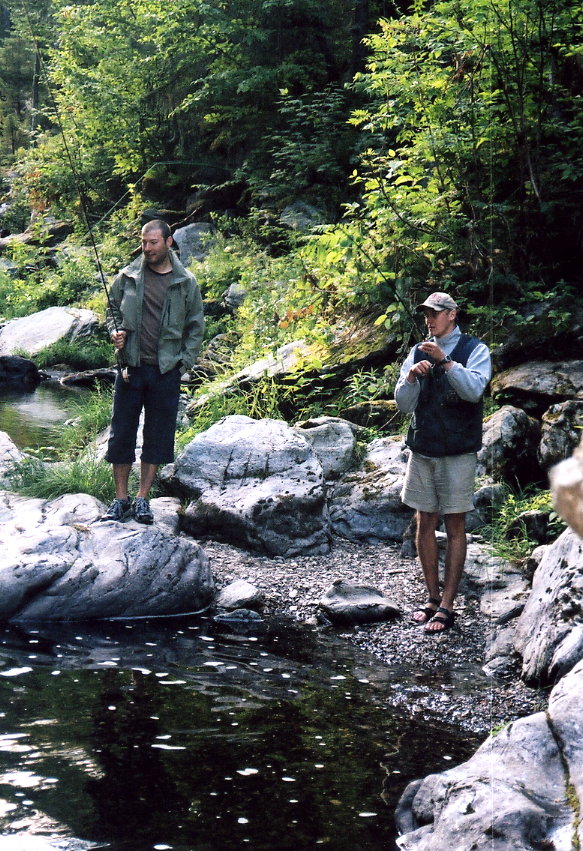
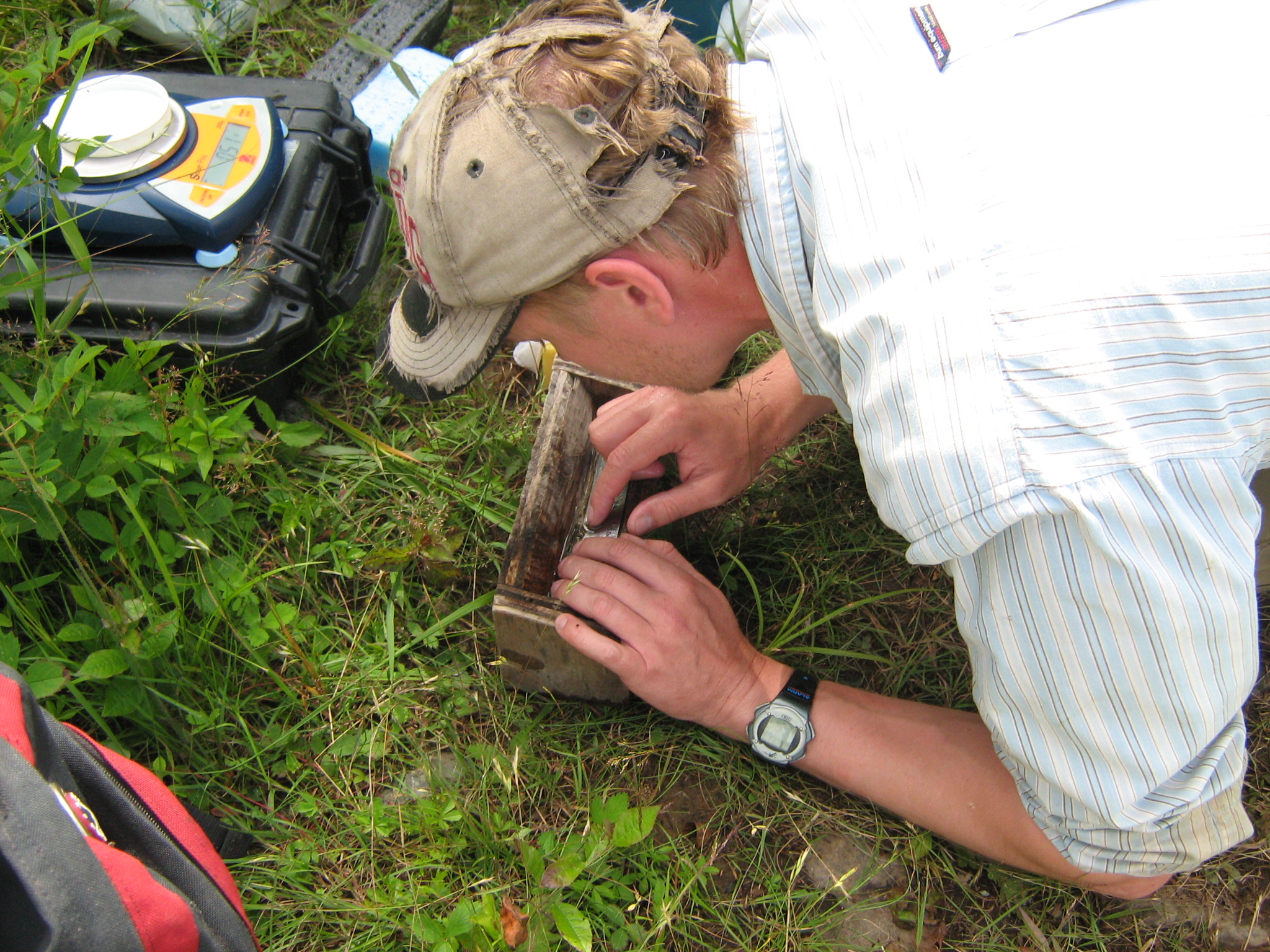
|